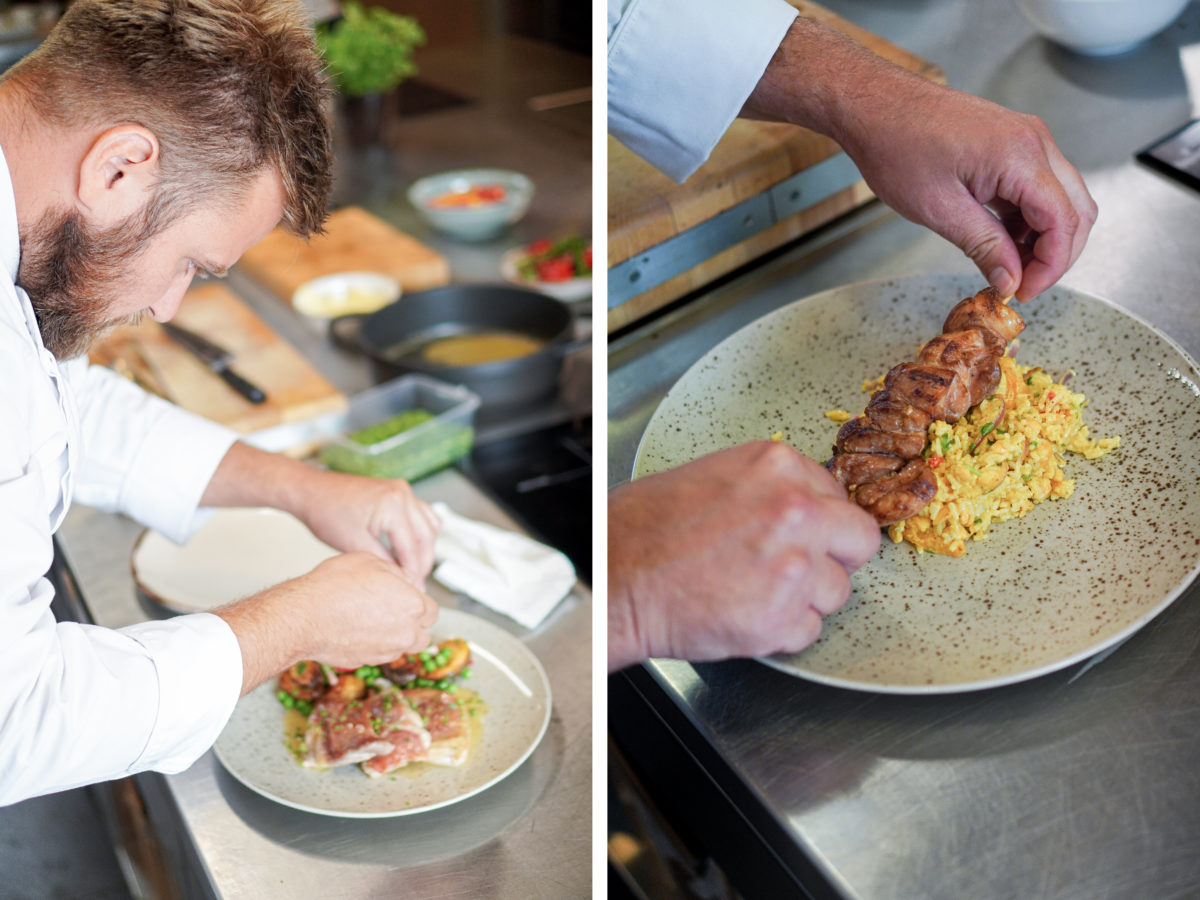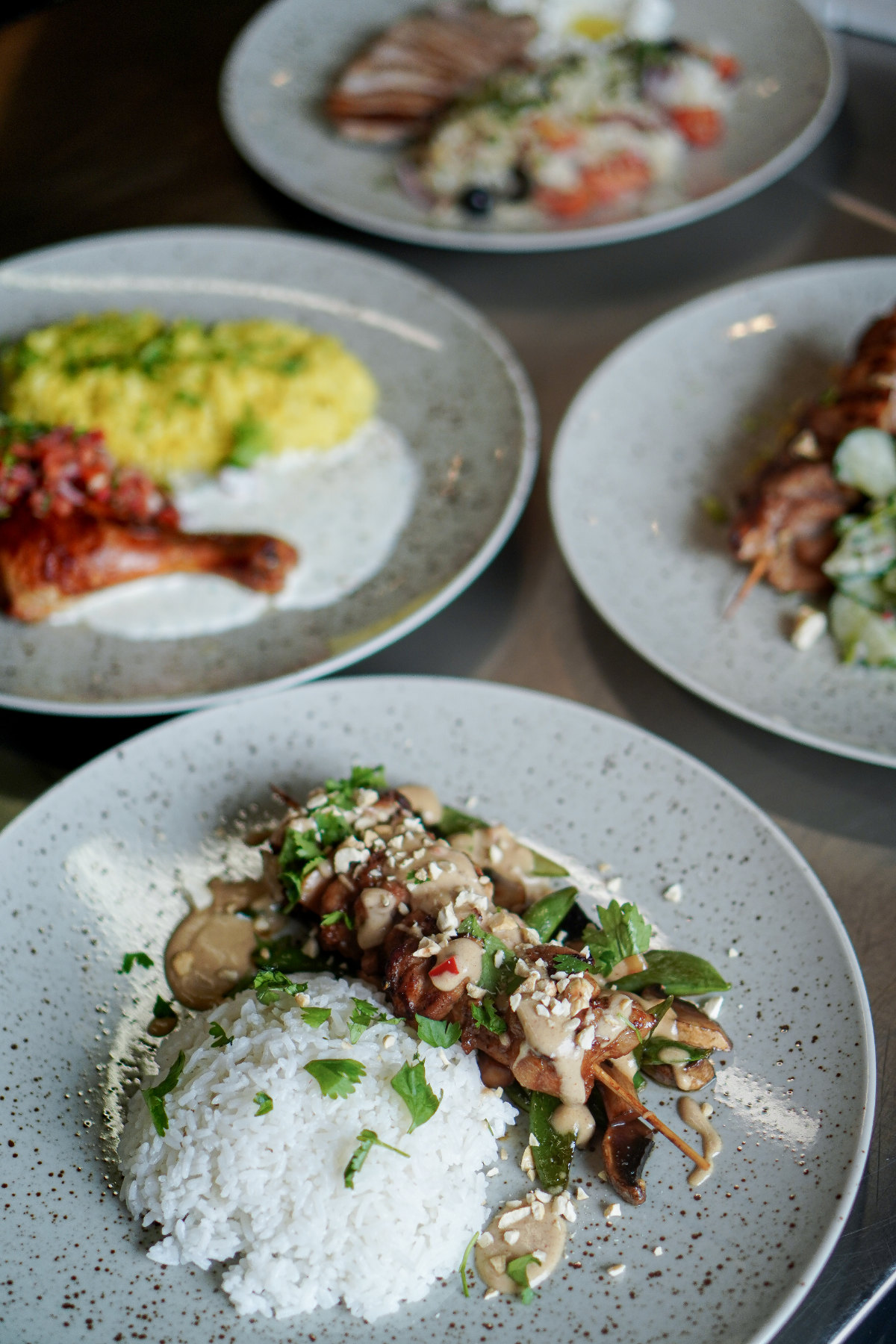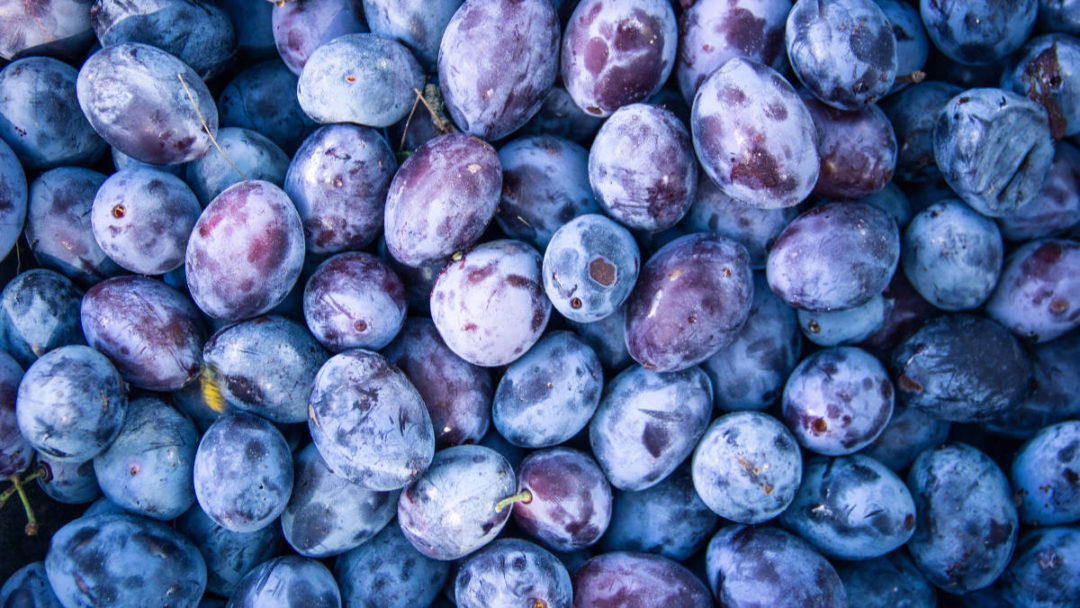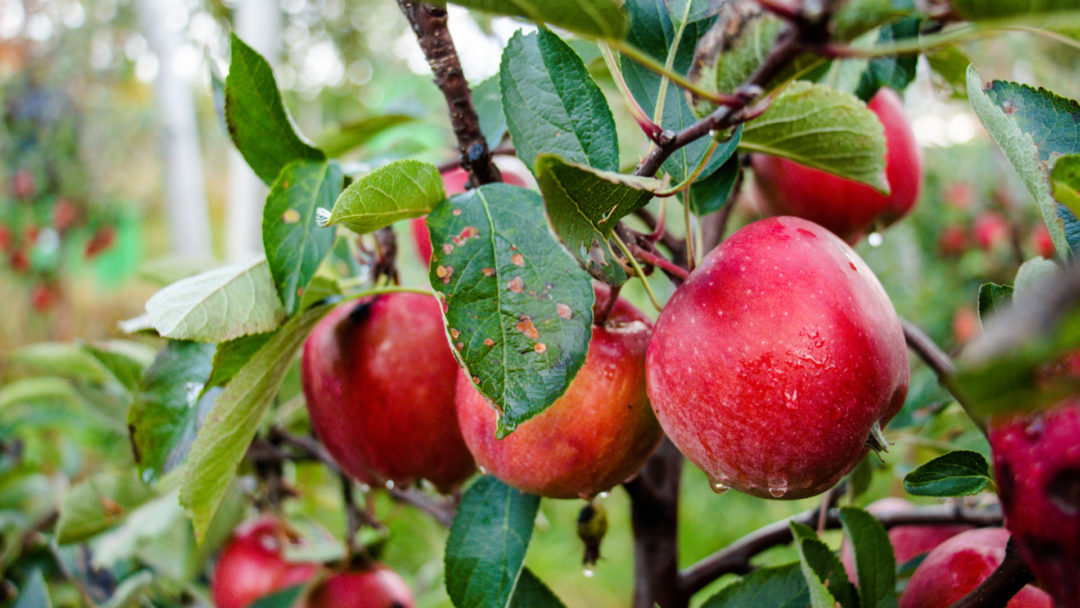At that time, nutrition specialist Petr Havlíček closely collaborated with us on the recipes. All dishes met the latest scientific findings, including energy value, while considering the principle of five meals a day. However, time has moved on, and scientists now have new information about the functioning of the human body. Therefore, it is time to innovate the entire Vitalfood concept and take into account the latest findings and trends in the field of nutrition and gastronomy.

Thorough Preparation
For several months, our internal team worked on new recipes. Aramark’s chef Lukáš Sedláček applied his extensive experience from renowned Prague restaurants and international internships. Our “creative wizard” Tomáš Konopka, a gold medalist from the culinary Olympics and many other awards, also contributed new ideas.
We spent dozens of hours planning and creating recipes. Petr Havlíček again provided expert advice on nutritional composition. This was followed by several rounds of test cooking in the gastro studio to perfect the dishes. The result is an innovative range of Vitalfood meals that meet all nutritional criteria, taste great, and also look good.


What Will Change
The energy value of the finished meal will no longer be the crucial and limiting factor. Some meals will be more energy-rich, some less. “It turned out that some meals cannot be reduced in energy because then the taste suffers. And we simply don’t want that for the sake of reducing a few calories,” says nutrition specialist Petr Havlíček.

What Will Stay
In the innovative Vitalfood concept, we also want to build on quality local seasonal ingredients. This means no semi-finished products, artificial flavorings, or preservatives. We will continue to use the most modern technologies and the most gentle methods of food preparation to prevent the reduction of the nutritional value of the dish and the formation of harmful substances.
“We also place great emphasis on the way of serving, because we eat not only with our mouths but also with our eyes. And food simply has to be a positive experience for all our senses – sight, smell, and taste,” adds Petr Havlíček.

Petr Havlíček on the New Vitalfood Concept
We all know the classic rule about energy intake and expenditure. If I want to lose weight, my intake must be lower. Conversely, if I want to gain weight, then logically the intake must exceed the expenditure. From a physical point of view, it is entirely logical, and for many of us, this statement is the basic paradigm of thinking about nutrition. But it’s not that simple.
If we take two identical meals and process one highly and eat it, and eat the other raw, the net energy yield of the processed meal will be higher than that of the raw meal because we use much less energy to process it. And the aforementioned basic paradigm starts to falter a bit. And it falters much more because there are also more factors that undermine it.
In the innovative Vitalfood concept, we decided not to bind food so much by its final energy value. Much more important to us is the quality of the ingredients and the technological process. And of course, taste and appearance. Naturally, we will continue to consider energy value, but more as one of the evaluation factors and in the context of others.

It is increasingly evident that the essential aspect of our diet is the quality of the ingredients. Unfortunately, statistics show that our food is not entirely valuable or healthy. The majority of what the inhabitants of the wealthier and “more developed” parts of the world consume are nutritionally poor, highly industrially processed foods, which studies today link to the risk of developing a range of health problems. And to highly industrially processed foods, we can add foods produced on the other side of the globe, harvested in a stage of incomplete ripeness and chemically treated to withstand long transport before reaching our plates.
In summary – although we have everything, including strawberries in winter, the nutritional value is significantly lower, and the ecological burden is relatively high. So it’s not good for us, our loved ones, or the planet. We want our diet to be not only good but also for the production of ingredients to burden the environment as little as possible, to prevent waste, and to support our local food producers. Because good and healthy eating is not just about dry Excel tables evaluating nutrients in a “debit and credit” style, but it’s about a whole range of other aspects.
And that’s exactly why we decided to innovate Vitalfood and consider a whole range of other aspects, such as locality, seasonality, support for local farmers and processors. Because this way, we can ensure better quality, nutritionally richer food and at the same time minimize the ecological burden during their production.


But even if we have super-quality ingredients, we are not entirely victorious. It is equally important to process quality ingredients well in the kitchen. This means preserving as many nutrients as possible during kitchen preparation and at the same time preventing the formation of compounds that can negatively affect our health. That’s why we choose only modern, very gentle technologies that meet this.
In short, in the new Vitalfood concept, we think about food from many more perspectives to offer you tastier, more attractive, and healthier dishes.





